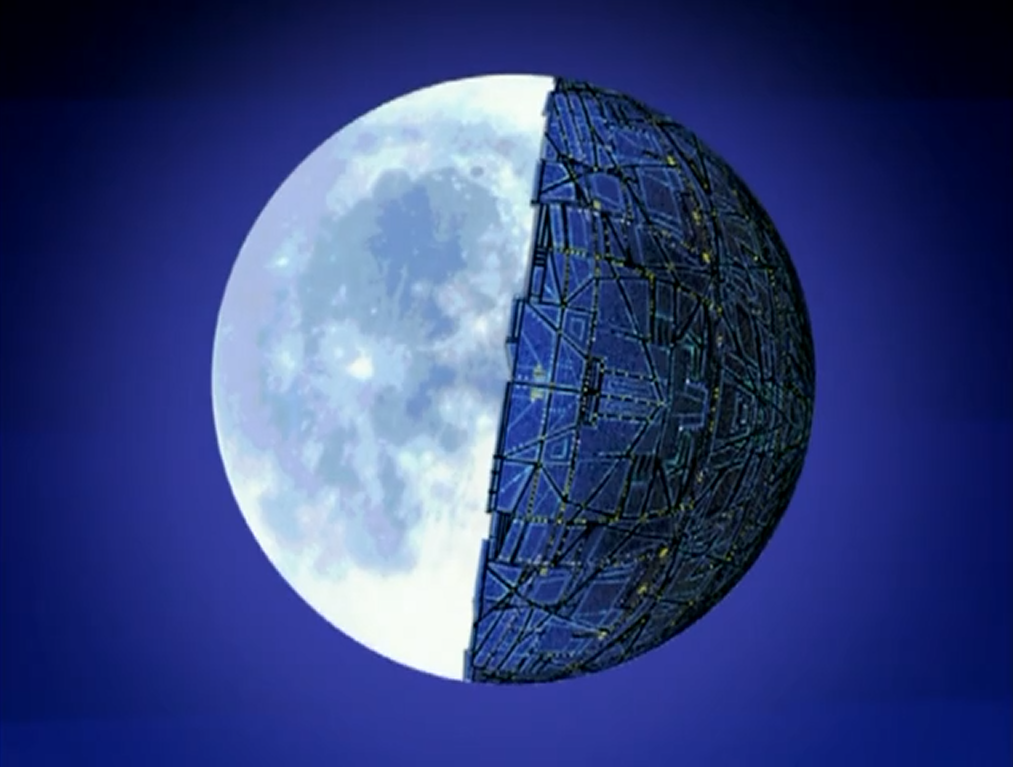

Unfortunately, the crew could return to Earth billions of years in the future. Therefore, constant acceleration at one G would theoretically allow a human crew to travel through the entire known universe in one lifetime. For example, one year of interstellar travel might correspond to ten years back on Earth. For extremely high speeds during a journey, the effect would be more dramatic. That is, the spacecraft’s clock would display less elapsed time than the clocks back on Earth. Time dilation would make it conceivable for the crew of a fast-moving interstellar spacecraft to travel further into the future while aging much more slowly, because enormous speed significantly slows down the rate of on-board time’s passage. Time Dilation and Interstellar Space Flight If both Spacecraft A and Spacecraft B think that each other’s clocks are ticking more slowly than the other’s, who’s time is correct, and who would have aged more?

Here arises a thought-provoking question. From Spacecraft A’s point of view, Spacecraft C’s time would also appear normal. For example, if a new spacecraft, Spacecraft C, travels next to Spacecraft A, it is “at rest” relative to Spacecraft A. From a local standpoint, time registered by clocks that are at rest with respect to the local frame of reference always seems to pass at the same rate. In other words, from Spacecraft A’s frame of reference its clocks are ticking normally, while Spacecraft B’s clocks appear to be ticking more slowly (and vice versa). If the crew inside each one could somehow have an unobstructed view into the other’s spacecraft, it would see the other craft’s clocks as ticking more slowly than its own.

Two spacecraft moving past each other in space would experience time dilation. This case is occasionally termed special relativistic time dilation. Furthermore, the faster the relative velocity, the larger will be the magnitude of time dilation. When two observers are in relatively uniform motion and not influenced by any gravitational mass, the point of view of each observer will be that the other’s clock is ticking at a slower rate than his or her own.

Together these two factors are at constant play in the case of a spacecraft’s crew. Time dilation is triggered by disparities in both gravity and relative velocity. This phenomenon will have significant implications for interstellar or intergalactic travel. The laws of nature are such that time itself will bend because of differences in either gravity or velocity, each of which affects time in distinctive ways. This is known as time dilation, and it has been frequently confirmed and validated by slight differences between atomic clocks in space and those on Earth, even though all were functioning flawlessly. This explains why astronauts on the ISS age more slowly, being 0.007 seconds behind for every six months. Clocks on the International Space Station (ISS), for example, run marginally more slowly than reference clocks back on Earth. This effect is not a result of the clocks’ technical properties but of the nature of spacetime itself. An accurate clock for one observer may be measured as ticking at a different rate when compared to a second observer’s own equally accurate clock.


 0 kommentar(er)
0 kommentar(er)
